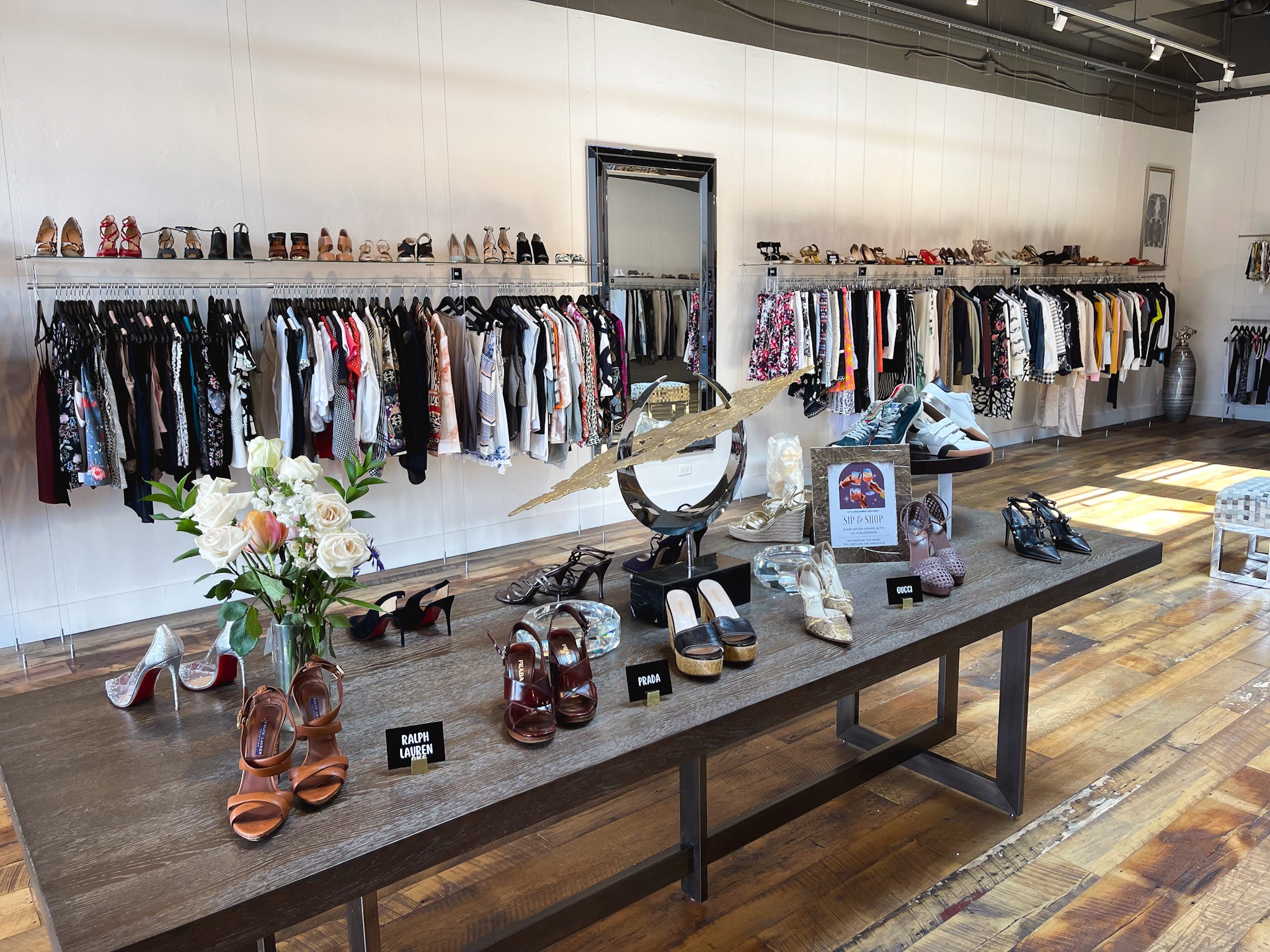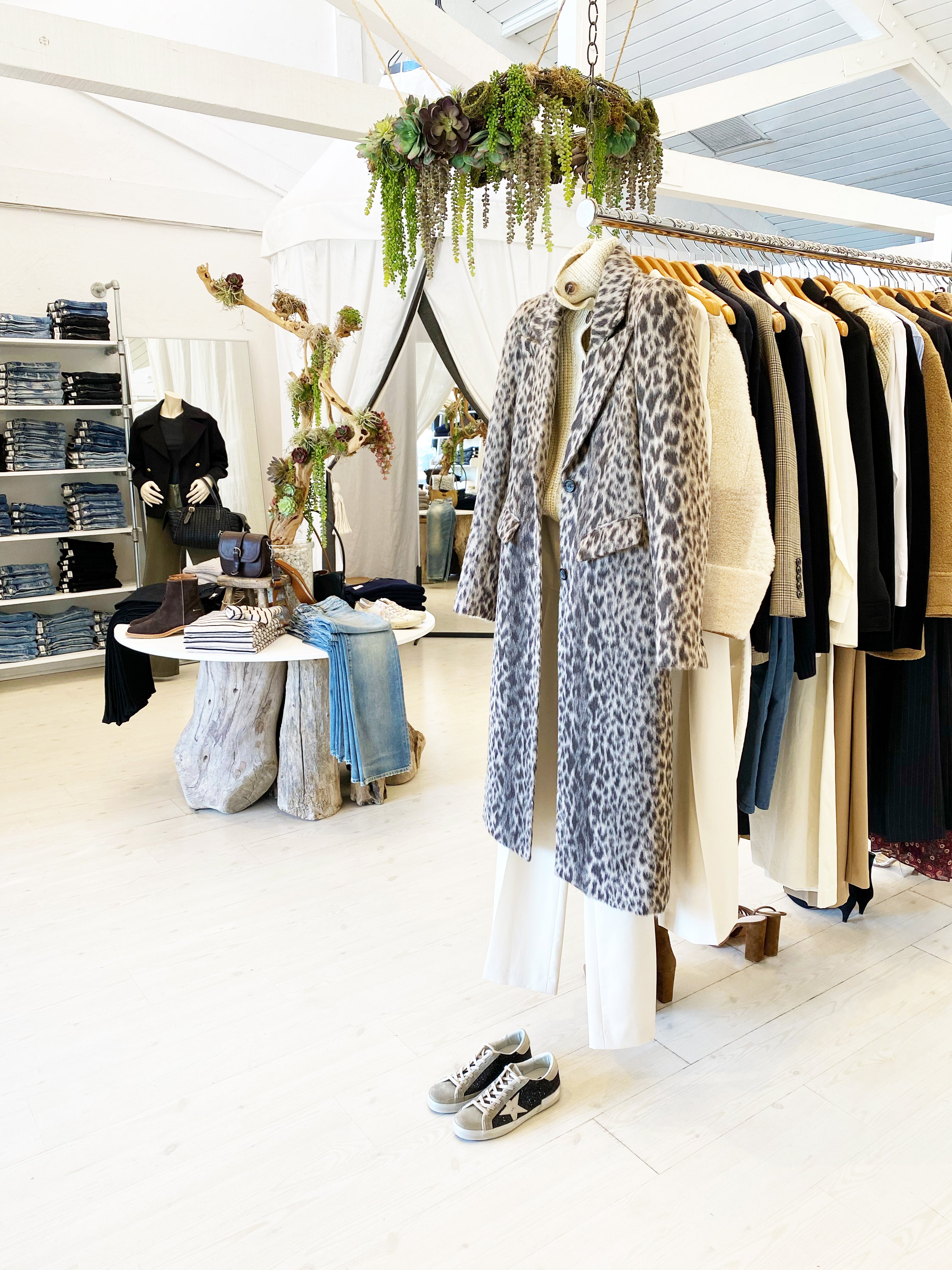Exploring the Development and Influence of Clothing on Modern Fashion Trends
The advancement of apparel has substantially influenced contemporary style trends, merging historical criteria with sophisticated innovations. Renowned numbers like Coco Chanel and Yves Saint Laurent revolutionized the apparel industry by presenting principles that focus on convenience and ease of access, which remain to resonate today. At the same time, technological strides in areas such as 3D printing and smart textiles are redefining design possibilities and consumer experiences. In addition, the expanding emphasis on inclusivity and sustainability is reshaping market requirements. As we consider these multifaceted influences, one must wonder about just how these aspects collectively redefine style's duty in showing and forming modern culture.
Historic Fashion Influencers
In the tapestry of fashion history, particular numbers have left an indelible mark, forming the patterns and styles that specify entire ages. Coco Chanel, a cutting edge designer, redefined women's style by introducing comfortable, classy garments that departed from limiting corsets. Her iconic Chanel match and little black gown have come to be ageless staples in wardrobes worldwide. In A Similar Way, Christian Dior's post-war "Makeover" in 1947, with its event of femininity via full skirts and cinched waistlines, marked a return to luxury and has proceeded to influence developers.
Elsa Schiaparelli is an additional pivotal number, renowned for her progressive designs that included surrealist art, working together with Salvador Dalí to develop whimsical pieces that tested conventional appearances. Her ingenious use shade and strong patterns resounds in contemporary fashion. Yves Saint Laurent, on the other hand, equalized haute couture with prêt-à-porter collections, bringing runway designs to the masses and establishing a criterion for contemporary ready-to-wear lines.
These visionaries, to name a few, not just revolutionized fashion in their times however additionally established withstanding patterns that reverberate in today's fashion industry, supplying a structure whereupon modern-day designers remain to innovate and develop. Their traditions emphasize the relevance of creativity and daring in vogue's ever-evolving story.
Technical Advancements in vogue
Amidst the dynamic landscape of the apparel industry, technological developments stand at the leading edge of technology, improving just how developers create and consumers engage with fashion. The integration of 3D printing has actually transformed style processes, enabling designers to experiment with complex structures and lasting products that were formerly unthinkable. This technology helps with rapid prototyping, reducing waste and speeding up production times.

Smart textiles, installing innovation into materials, are additionally transforming the market. Innovations like temperature-regulating and self-cleaning textiles provide boosted functionality and comfort. Wearable modern technology, incorporating functions like health and fitness tracking and communication, includes a brand-new dimension to fashion, merging aesthetic appeals with usefulness.
Social Shifts and Style
As technological developments continue to reshape the fashion market, social changes are similarly significant, redefining design and customer choices. Recently, the surge of social media sites systems has actually increased the dissemination of global fashion trends, allowing varied social impacts to merge and exist side-by-side. This electronic interconnectivity has assisted in the fast exchange of ideas, resulting in a more comprehensive and diverse analysis of design that shows the diverse nature of modern society.
Social understanding and recognition have prompted designers to draw inspiration from a more comprehensive range of historical and ethnic contexts, incorporating typical themes with contemporary visual appeals. This fusion has actually led to fashion that resonates with a broader audience, promoting a feeling of identity and belonging throughout various demographics. In addition, the boosting demand for customization has actually driven brands to supply adjustable options, making it possible for consumers to express originality while showing their cultural heritage.
In addition, moving societal worths have influenced fashion, with inclusivity and variety becoming main styles. The sector has started to accept versions and influencers of different physique, ethnic backgrounds, and gender identities, difficult conventional appeal standards. This makeover underscores the power of social shifts fit the future of style, as style ends up being an extra authentic expression of collective and individual identity.
Sustainability and Modern Style
While the fashion industry continues to develop, the necessary for sustainability has actually come to be significantly immediate, affecting modern-day layout practices. The rise of slow style, which stresses top quality over amount, urges customers to spend in ageless pieces instead than transient patterns.
Moreover, contemporary style is defined by its development in reducing waste and promoting circularity. Techniques such as zero-waste pattern cutting and 3D knitting are continue reading this gaining grip, permitting developers to develop garments with very little material wastage. Additionally, brand names are taking on transparent supply chains, guaranteeing accountability and cultivating consumer count on. This approach not just alleviates environmental impact yet likewise enhances the social duty of style houses.

Future Trends in vogue

Sustainability will remain to be a driving force in forming future fashion fads. The market is increasingly taking on green materials and moral production approaches, replying to an expanding consumer need for accountable practices. Technologies such as bio-fabricated materials and closed-loop recycling systems are set to redefine how garments is produced and taken in, reducing ecological impact while preserving design and quality.
Social shifts, including the surge of inclusivity and diversity, will certainly additionally play an essential duty. As society comes to be more familiar with social concerns, fashion is anticipated to come to be a platform for expression and modification. Developers will likely concentrate on producing collections that mirror a wider series of experiences and identities, promoting depiction and ease of access.
Verdict
The evolution of clothes substantially influences modern fashion trends, where historical impacts combine with modern designs. Secret figures like Coco Chanel and Yves Saint Laurent have actually redefined design, while technical innovations such as 3D printing and smart textiles broaden innovative opportunities. Social changes in the direction of inclusivity and sustainability compel brands to welcome and adopt ethical practices diversity. This ongoing evolution underscores fashion's role as a mirror to societal worths and technical innovation, suggesting a future rich with development and inclusivity.
The advancement of apparel has actually substantially influenced contemporary style patterns, merging historic criteria with innovative developments.Amidst the vibrant landscape of the style industry, technical innovations stand at the leading edge of innovation, reshaping exactly how designers develop and consumers involve with style.While the fashion sector continues to evolve, the essential for sustainability has actually ended up being increasingly urgent, affecting contemporary design techniques. As sustainability ends up being embedded in contemporary design, it leads the way for an extra accountable and conscious style industry.
The development of clothing substantially impacts modern-day fashion fads, where historical impacts combine with contemporary layouts.